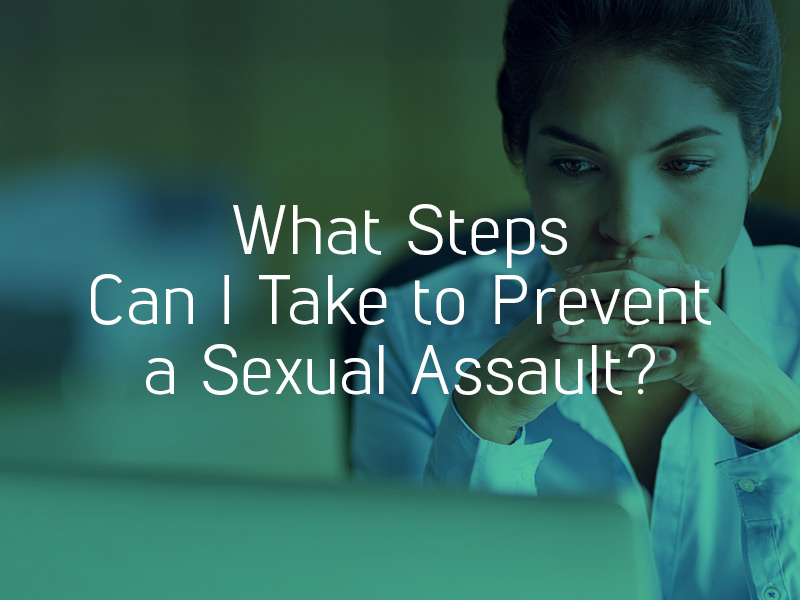Sexual assault is an unfortunately common crime across the United States — and it can happen anywhere. From parties to ride-shares to in private residences, perpetrators of sexual assault can cause severe damage to the lives of survivors in many contexts. Avoiding and preventing sexual assault is often out of our control, but taking the following steps into consideration can help you step in and protect others in potentially dangerous situations.
#1: Understand What Sexual Assault Means
Many people refrain from intervening and stopping sexual assault because they are unsure whether an act of violence is occurring. To identify the signs of a potential assault, it is important to know what sexual assault is and in what situations a person can or cannot give consent.
Sexual assault refers to a situation where someone touches another person in a sexual way without his or her consent. Sexual assault can include unwanted touching or fondling, rape and attempted rape, and other forcible sexual acts, including oral sex. Both parties must give free and informed consent to sexual activity, even if they are married, in a relationship, or have a previous sexual history.
There are certain situations where someone cannot give consent. Minors under the age of 18 cannot consent to sexual activity, for example. People who do not have the mental or physical capacity to consent, such as those with severe disabilities, cannot consent either. People who are severely intoxicated cannot consent to sexual activity either.
#2: Create a Distraction
Whether you see someone trying to get a severely drunk person alone at a party or you overhear an older person trying to coerce a minor into sexual activity, it is important to step in and create a distraction to help the other person get away.
This can be as simple as joining in the conversation, offering to bring snacks or start a game, or asking the person in danger if he or she would like to help you with something. By creating a distraction, you are able to separate the potential perpetrator away from the other person.
#3: Ask Direct Questions
Sometimes, creating a distraction and failing to confront a situation can be ineffective. The person in danger may experience repeated abuse at the hands of the perpetrator, and you may be witnessing a common pattern. In other situations, he or she may feel too uncomfortable or embarrassed to ask for help.
Get the person you suspect is in danger to a safe place, and ask him or her direct questions. Ask who he or she came to the event with, whether or not he or she needs help, and what you can do to support him or her throughout the rest of the encounter.
#4: Contact an Authority or Ask Others to Help
You may feel uncomfortable approaching a complete stranger or intervening in a situation where you are unsure if someone may be at risk of assault. Instead of standing by, enlist the help of others to intervene.
If you are at a bar or another public place, alert a security guard, bouncer, bartender, or other authority about the situation. It is the responsibility of these facilities to keep their patrons safe, so these authorities will likely step in to help.
If you do not know the person in danger well enough to help, ask someone who does know that person to step in. You can also approach the person with a group of other concerned people, and the amount of support may empower the at-risk individual to seek help.
Sexual violence is never the fault of the survivor. The only person responsible for sexual assault, harassment, or another violent act is the perpetrator — but unfortunately, many people still cast blame on the person suffering from the aftermath of the violence. If you need assistance bringing the perpetrator of your assault to justice, hiring a sexual assault attorney can help. Your lawyer can guide you through all of your legal options and help you plan out your next steps.

